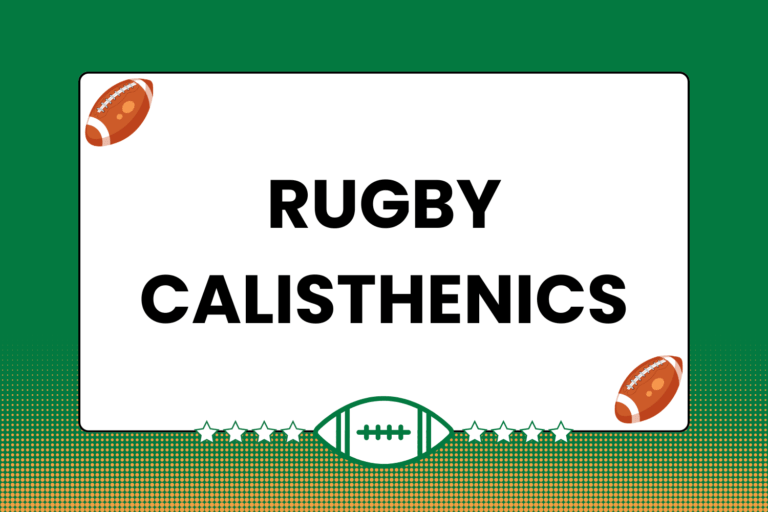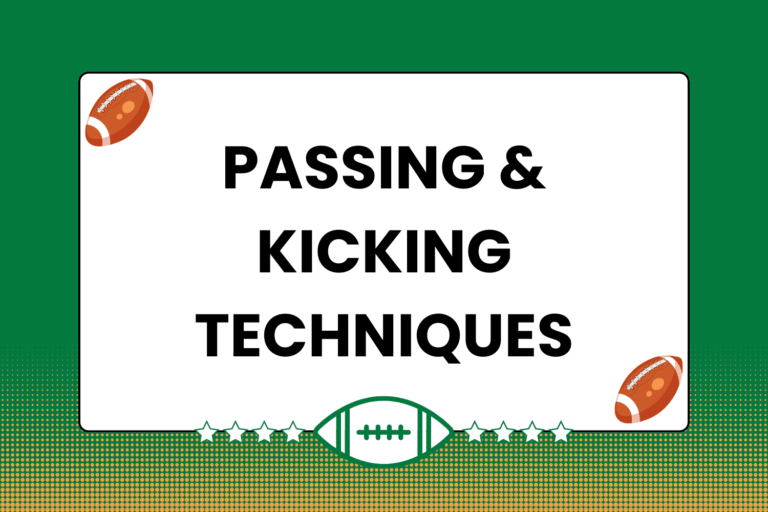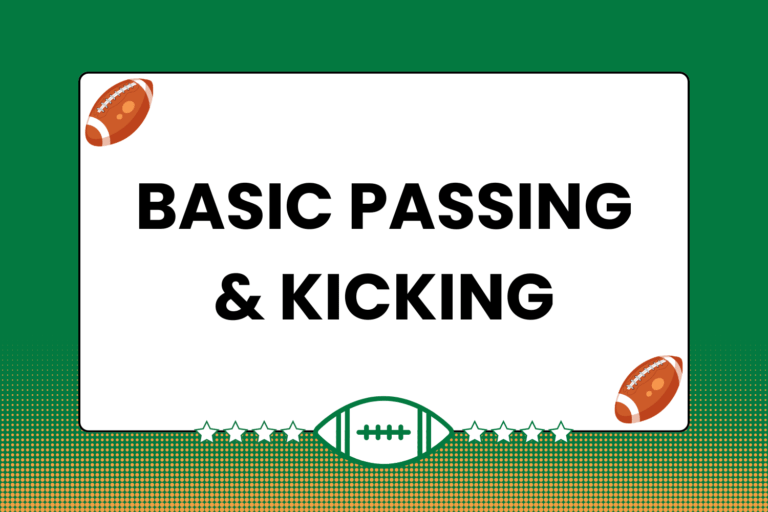Rugby is a very physical game. It involves lots of running, pushing, struggling against being pushed, getting thrown to the ground, throwing someone to the ground, getting trampled, being in the middle of a small hurricane of rugby players, receiving the occasional cleat rake or punch, and that’s just in the first 10 minutes of a match.
That physicality is one of the most predominant characteristics of rugby. It’s also a big part of the charm that attracts people to the game, players and fans alike:
- For the players, it’s the noble feeling and sense of accomplishment that comes with consciously participating in something difficult, something that not everyone can do.
- For the fans, it’s the reasoning behind their appreciation for the game, and for the tremendous people who play it.
In other words, the high level of physicality is inherent in both sides of the game: for the players enduring it, and the fans watching it. This guide explores some ways to embrace the physical nature of the game.
The Essence of Rugby
By accepting the game for what it is, a player is also entering into an agreement with his/her teammates. This agreement, either spoken or unspoken, stipulates that a player knows what rugby is all about, is willing to do whatever it takes to win and is ready to show it. Part of how players get ready for competition is by going to practice, where they learn how to function as a team, how/when to support each other and improve their technical skills. But another part of getting ready can only be done alone, and is something each player will do to some degree or another.
Most people probably see this as a perfect example of ‘easier said than done’. And that’s very true. It’s one thing to talk about playing rugby, and another thing to actually do it. Understanding the technical side of the game – the formations used by the players, the rules that decide what happens when a penalty occurs – is definitely crucial to learning the game, but only by understanding and embracing the level of physical involvement can someone hope to completely understand the essence of the sport.
A Few Points to Consider
- The decision to play rugby shouldn’t be made lightly.
- To embrace the physical side of rugby is to truly accept the game for what it is, and is a crucial step toward becoming a real student of the game.
- Having the ‘smarts’ to play rugby is useless without the determination and willingness to actually use them.
Getting Your Mind Right is Key
This is a continual process, as anyone who plays rugby can relate. There’s no magical ‘Now I’m A Rugby Player’ door that will unlock as soon as the decision is made to accept the physical side of the game. It’s a decision that must be made over and over again, before every practice, before every match or tournament, before the start of every season. Usually, the decision becomes easier to make the more ‘yes’ is decided.
Step 1: Know Yourself
Think back to any time you’ve hurt yourself. The details about each injury aside, one thing remains constant: YOU HEALED. Much of the hesitation about being involved in a physical encounter–like playing rugby–comes from the fear of pain, and more specifically the fear of injury – pain being the body’s way of alerting people of injuries.
There’s a big difference between pain that comes with being out of breath – a sore chest, a stitch in the side – than the pain that comes with a broken bone. There’s no injury that goes with being out of breath; it’s just the body’s way of telling you that you’re tired. By pushing the limits on the ability to tolerate that kind of pain – to run another quarter mile even though your lungs are burning, or swim five more laps even though your arms and legs feel like rubber – players have a better understanding of how hard they can push themselves without risk of injury.
Step 2: Realize You’re Not Made of Glass
There is no reason to deny it, or make it easier to swallow: Injuries will happen. The more serious the injury, the longer it takes to heal and the greater the chances there will be problems caused by the injury after it’s healed. But most of the time, pain suffered while playing a sport results in nothing more serious than bumps and bruises.
It’s important to understand the relationship between pain and injury: Injuries are indicated by, among other things, pain; however pain does not always indicate injury. Getting hit on the ‘funny bone’ (that spot on the elbow where some unfortunately-placed nerve endings are vulnerable) can be so painful and debilitating that the victim of such a hit would swear it resulted in a broken arm. Then it goes away in a minute or two.
“Talk doesn’t cook rice.”
Ancient Chinese Proverb
There is a quiet sense of freedom, self respect and self confidence that comes out of any experiences where a person is forced to learn that they’re tough enough to ‘take a licking and keep on ticking.’ Most people who’ve been through something difficult and painful realize they’re tougher than they thought they were. Although they likely aren’t eager to go through that kind of experience again anytime soon, they think of themselves as stronger than before, or even better than before.
Step 3: Be Willing to Prove It
This is where the bond between rugby mates is formed. It can start during practices, but is never really cemented until the moments before a match when the pitch is taken. It’s the desire to literally play as hard as possible for your teammates, and the glorious team-wide satisfaction and security that comes with the belief that every player on the team is feeling the exact same thing. And the best part? There’s no way to prove it ahead of time. Part of the strength of that belief – that each player is going to play as hard as possible for every other player on the team – comes directly from the fact that it’s impossible to prove it before the match.
The only way to prove it is on the pitch, during the match – by making tackles that hurt; by getting off the ground when it would feel better to stay down; by making the decision to find another little bit of motivation, even when the motivation reserve seems empty. It’s all about ignoring that little voice that says, ‘No more. There’s no more. That one hurt too much. Take a knee and get a sub.’ This, too, is much easier said than done. And although the words don’t do it justice, that’s the attitude players expect from each other.
Your Choice
Having a clear understanding of the physicality of rugby is helpful in preparing players for the reality of what should be expected in a match. However, preparation becomes worthless if it’s not used. If you’ve decided to play rugby, then get out there and play it. You probably have an idea of what to expect, and if not, you’ll learn what you need to along the way. More important than either of those things, however, is the understanding that you can play rugby. So, will you play?





